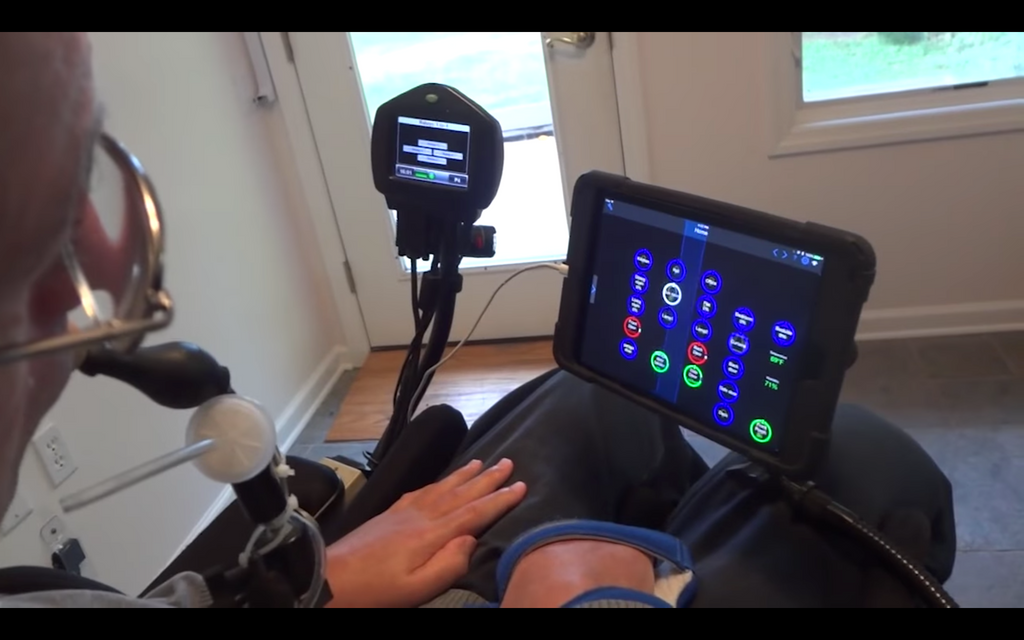In a previous blog, we listed DIY as one of the most recent trends in the assistive technology industry. The two main factors that blew up the popularity of DIY projects are the accessibility of creating your own tutorials and content to share online and the affordability of designing your own device. The only costs you'll incur are the purchase of materials and perhaps the enlistment of a helping hand from a friend or loved one. On the plus side, working on a DIY project with a partner can strengthen both your relationship and your brains by learning a new skill!
Michael's Assistive Technology Projects
In this video, Tecla user Michael describes how he implemented a few ways to control an automatic door operator. It uses RFID to unlock the door and a Raspberry Pi computer with a python program to open it automatically. Michael can also use Amazon Alexa to activate the door opener with voice control. Michael operates an electric wheelchair with adaptive switches and lives with Primary Progressive Multiple Sclerosis, so, he did all of the programming (and operating the iPad) using a tecla-e connected to his wheelchair joystick.
This isn't Michael's first assistive tech-related project. Michael has also:
- Engineered a way of mounting a sip-and-puff tube and iPad holder for use when he is in bed. According to Michael, this DIY project has had the largest impact on his independence. While there are similar solutions available, Michael's had significant improvements over alternatives for his environment.
- Using a Phillips Hue emulator published on GitHub, together with a few raspberry pis, Michael now is able to use Amazon Alexa to execute any software that could be done with a computer program, CGI script or shell script. "One of the things in particular that I'm doing is using it to activate my emergency alert system. Alexa can do a lot of things but specifically not call 911," said Michael.
Currently, the main option for implementing a wheelchair accessible automatic door in a home or apartment is to hire a commercial manufacturer to design an adapted solution. Unlike AI-powered voice assistants or automated lighting, door openers have not become widely available and purchased in the average American home. To find more DIY projects (including adaptive devices) that were created by people around the world, we recommend using the website Instructables. Here are some ideas to get you inspired:


Leave a comment: